10 THINGS YOU CAN DO IN 10 MINUTES FOR BEES
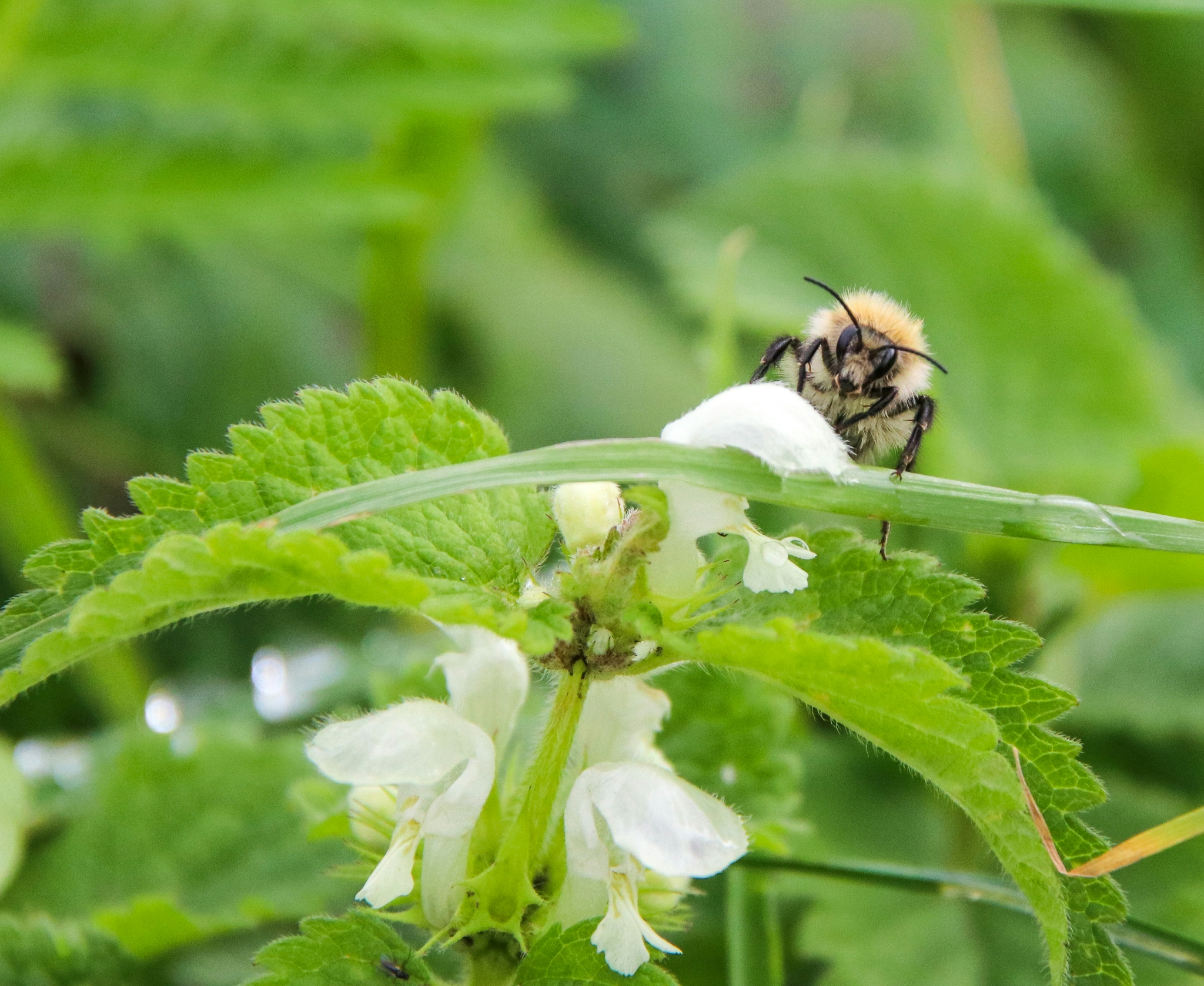
1. STEP AWAY FROM THE MOWER
Do yourself and bees a favour and take a break from mowing the lawn. Insects thrive in long grass, and un-mowed areas allow wildflowers like clover to thrive.
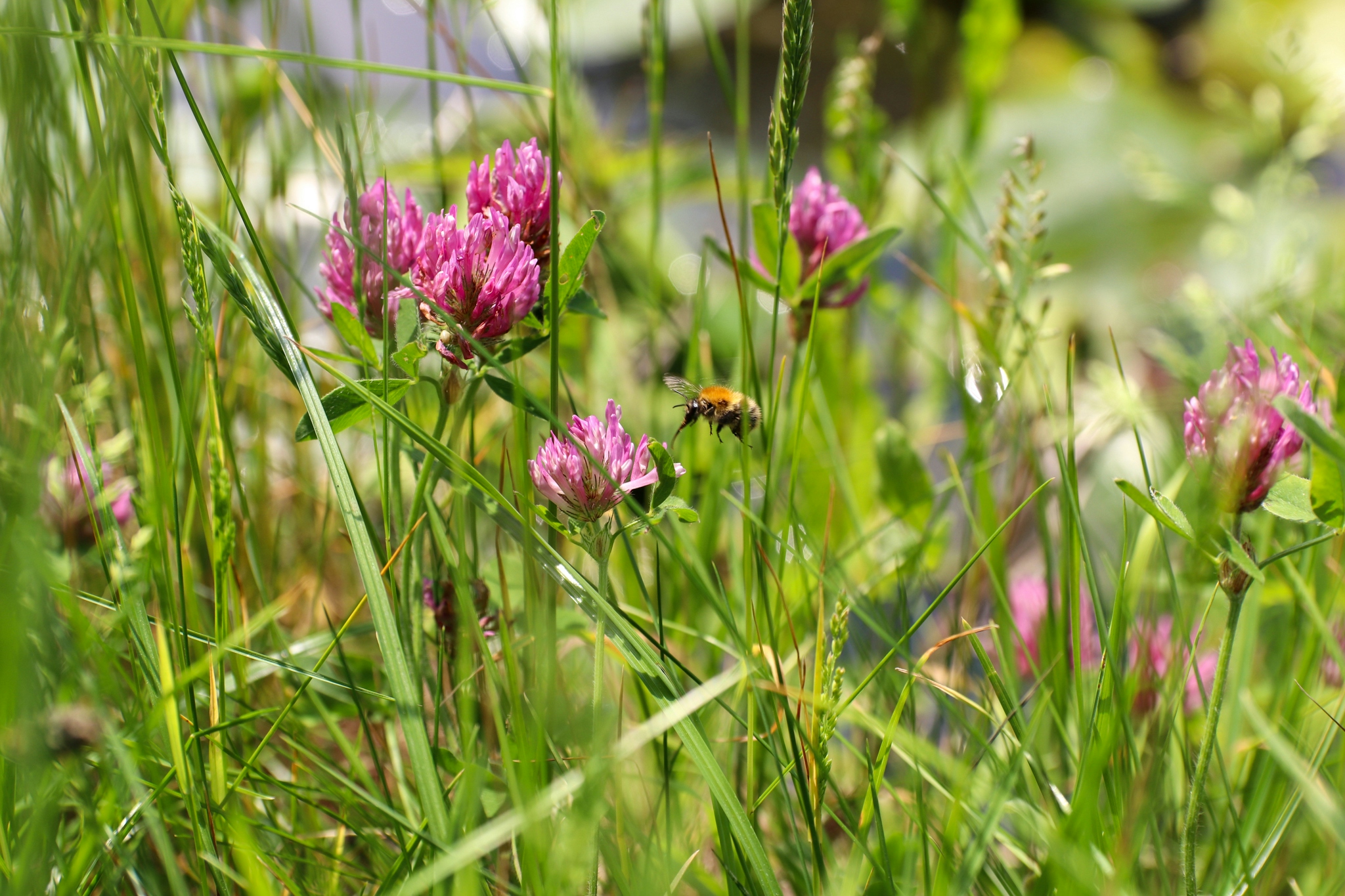
A common carder bee enjoying the clover in my lawn
If you still want areas of shorter grass, you could mow paths, or just keep a patch or two of longer grass.
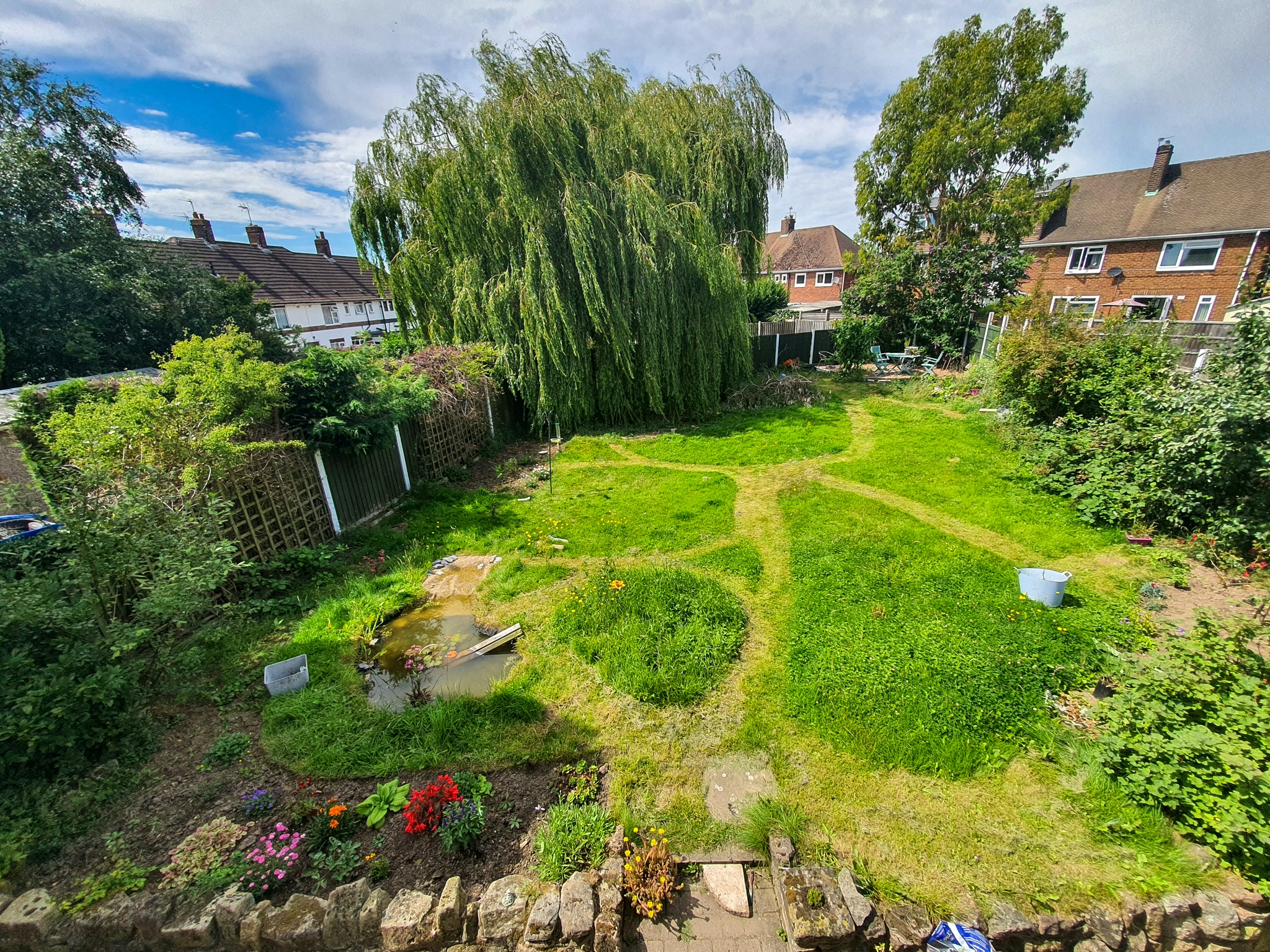
My garden, with paths mown through the longer grass
2. DIG A BEE HOLE
I’ll let you make your own rude jokes about that heading!
Helping bees isn’t all about honeybees – many of our pollinators are bumble bees and solitary bees. Female red mason bees are solitary bees that create nest chambers by sealing an egg and some pollen in a little pod using mud or clay. When the weather is dry, the bees find it difficult to find the mud they need to lay their eggs.
You can give them a helping hand by leaving them some nice wet mud! I noticed the bees LOVING the clay soil I exposed when I dug my wildlife pond last year, so this year I dug a smaller hole and pour a small amount of water in every couple of days to keep the clay moist for them. They make a beeline (sorry, mandatory pun) for this little bit of building material.
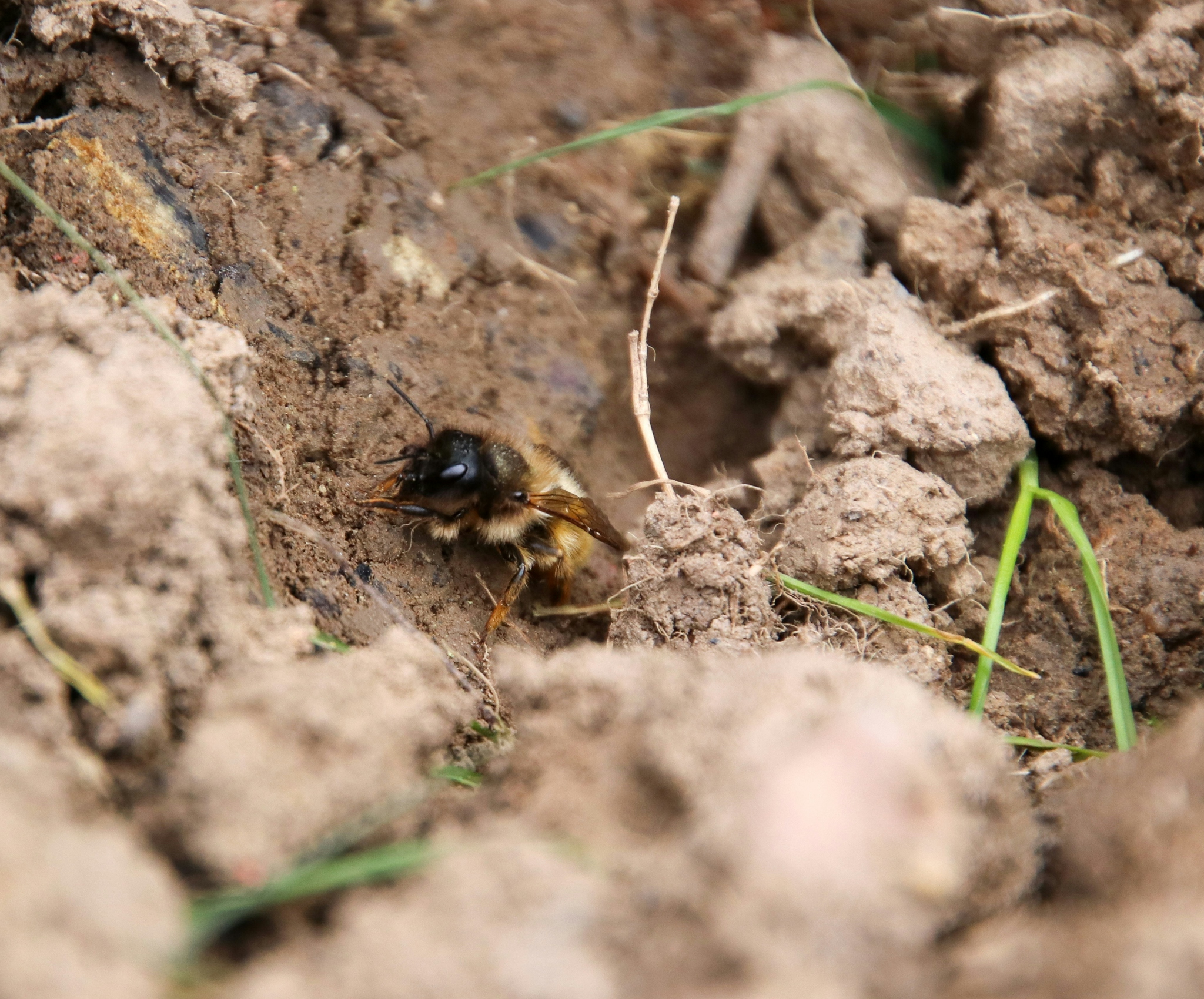
Female red mason bee collecting mud in my garden
3. SOW A WILDFLOWER MEADOW
Wildflower meadows are fantastic for bees and lots of other insect life. There are posts with chapter and verse on the best ways to create wildflower meadows, but if you want to make one in 10 minutes you can buy seed bombs containing concentrated parcels of native wildflower seeds.
All you need to do is clear an area of ground, chuck the seed bomb down (or sprinkle from a packet of wildflower seeds), lightly press them in (I just walk over the area), then keep it watered for a couple of weeks. That’s it!
Remember not to fertilise your wildflowers – they love nutrient-poor soil.
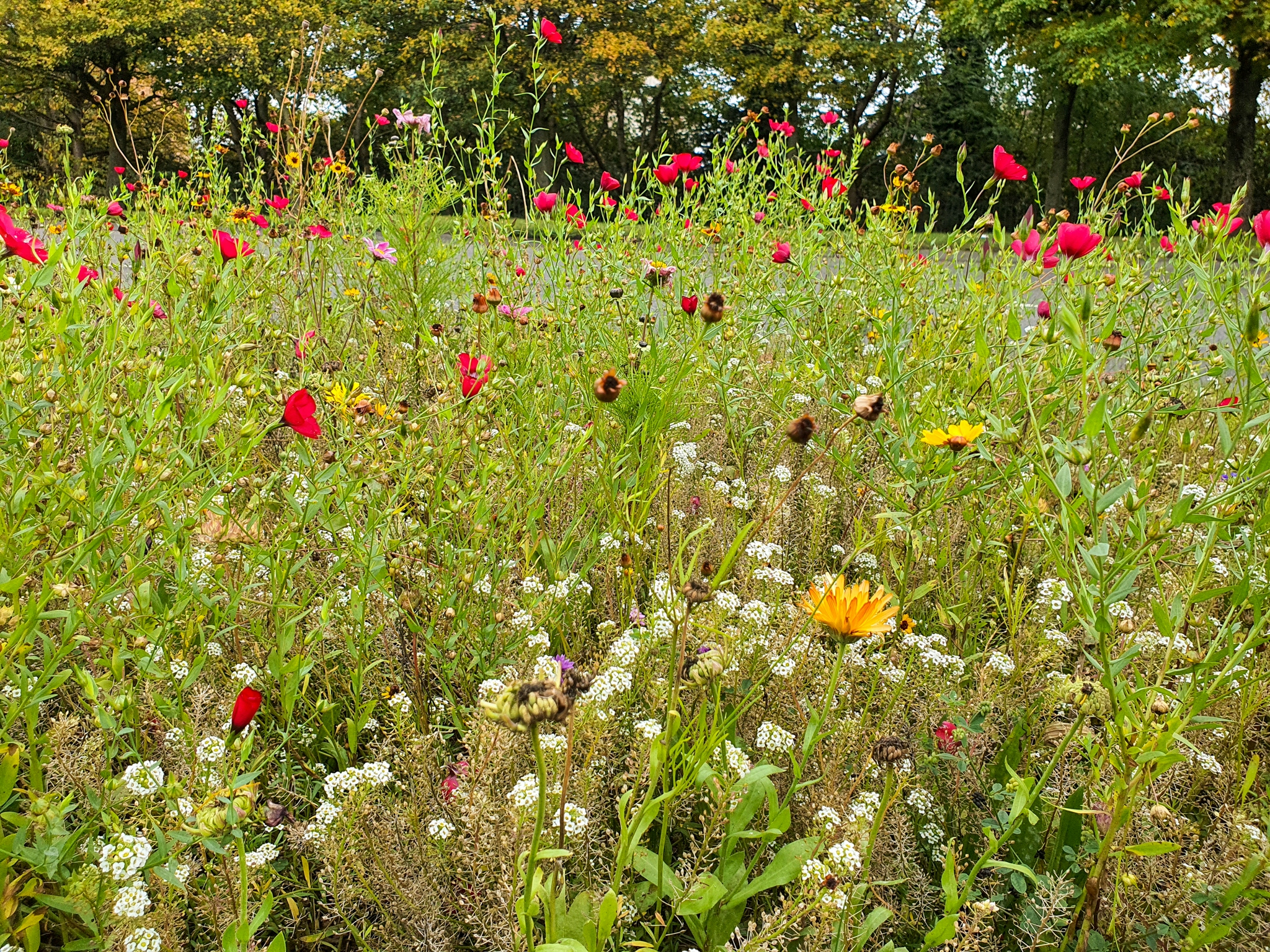
4. PUT UP A BEE HOME
There are lots of different bee homes on the market. Most of them contain tubes for solitary bees like leafcutter bees and mason bees to use as their nest chambers. I’ve just started using this one from Amore Natura – I’ll write a review post when it’s had some use!
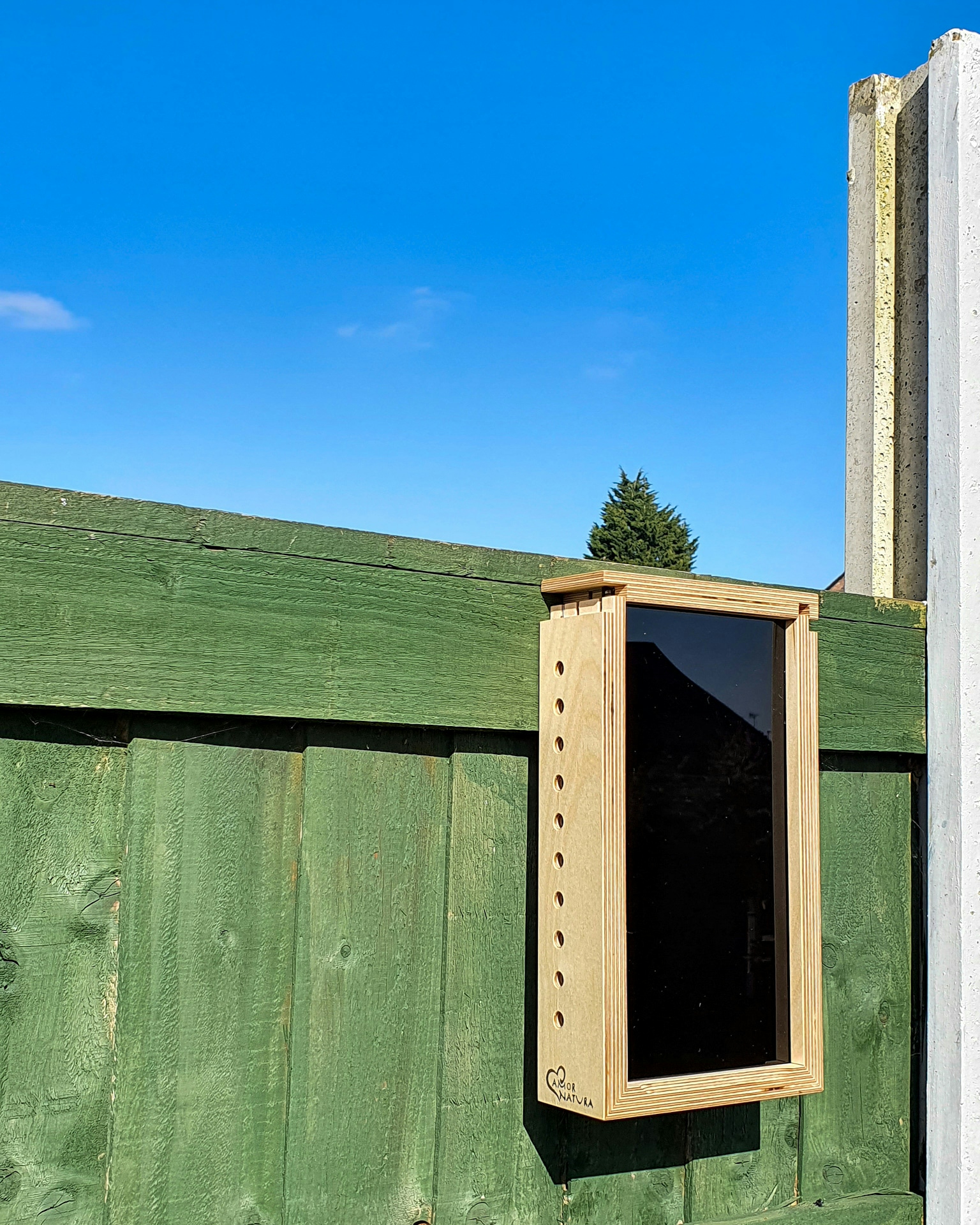
My bee house
The key things to consider when buying or making a bee home are:
· How you will clean it. Bee homes can be afflicted with parasites, so it’s important that you’re able to carry out some basic maintenance, either in the form of cleaning or by replacing the tubes each year. Kate Bradby has some fantastic guidance in her book Wildlife Gardening on how to maintain your bee home.
· Where you’ll put it. If you’re buying one, follow the instructions. Generally speaking, the best place for a bee home is south facing, to keep the baby bees warm in winter.
· Whether you want to see the bees’ chambers. If you have a regular bee home, you’ll be able to watch the bees going in and out of the tubes and will be able to see the tubes blocked up with mud or leaves. If you want to be able to see inside the egg chambers, you need a bee home with a removable side.
5. STOP USING PESTICIDES
Insecticides are harmful to bees. Many of these poisons are indiscriminate nerve agents that kill bees as well as the target insect, and even sub-lethal doses can have devastating impact on bees as it can affect their foraging behaviour, their navigation, and their memory.
Indiscriminate widespread use of herbicides (weedkillers) and pesticides is having a detrimental effect on our ecosystems. Leave the poisons aside and use non-chemical interventions wherever possible.
6. PLANT FOR BEES
There are loads of great resources out there on which plants our pollinators love – like this post from the Wildlife Trusts or this one from the RHS. When choosing plants for your outdoor space, check lists of pollinator-friendly plants.
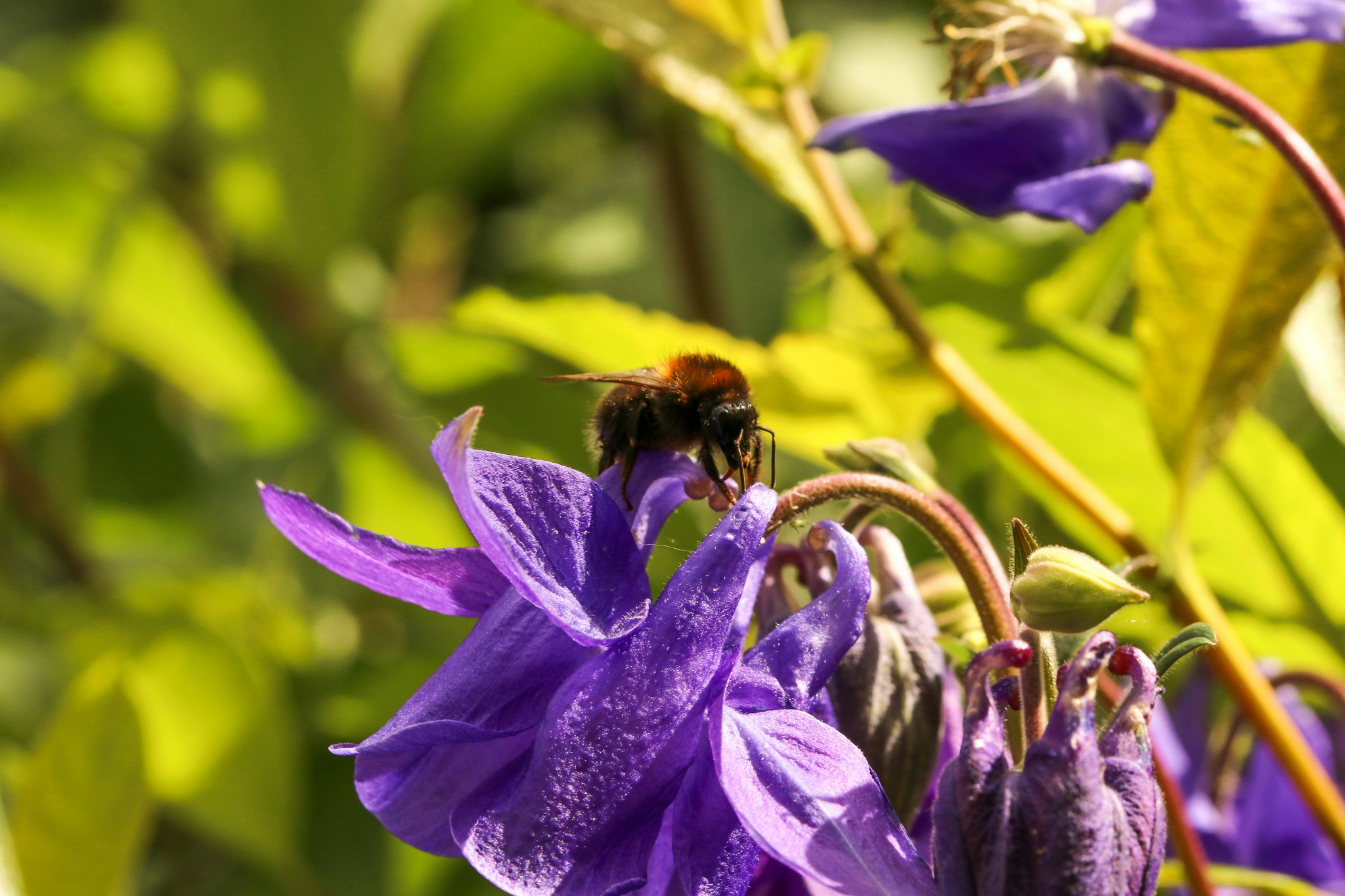
A tree bumblebee enjoying a Granny's Bonnet (Aquilegia) in my garden
7. LEARN ABOUT OUR BEES
It’s my belief that people care more about what they know. It’s easy to think it’s all about honeybees, but we have around 200 species of solitary bee! You could use free resources like this list from the WWF or this post by All Things Wildlife to familiarise yourself with the bees that you’ll spot in your new bee-friendly habitat.
Understanding their behaviour is even more fascinating – you could read books like A Sting in the Tale by Dave Goulson or Buzz by Thor Hanson.
8. ACT ON CLIMATE CHANGE
Climate change is threatening our bees. A study by Buglife looking at the bees in the east of England found that a third of pollinator species had declined between 1980 and 2013, and 17 species had gone regionally extinct with a further 25 species threatened and another 31 species of conservation concern.
Many factors are causing the decline in our pollinator diversity, including decreasing habitat and habitat fragmentation and use of pesticides but climate change is harming our bees too. Bees don’t like extremes of weather, and climate change generates summer droughts, cold springs, flooding and coastal storms. Also, changes to the seasons might cause bees to fall out of sync with the plants that they rely on for food.
You can take action on climate change by lobbying, signing petitions, choosing green purchasing options where available, reducing consumption and raising awareness.
9. ALL-YEAR FLOWERS
This is a great one because it also keeps your garden looking great – try to keep something in bloom for as much of the year as you can. Early flowering species like willow trees and dandelions are key energy sources for emerging queen bees, and late-flowering species like ivy and honeysuckle mean that bees don’t run out of food.
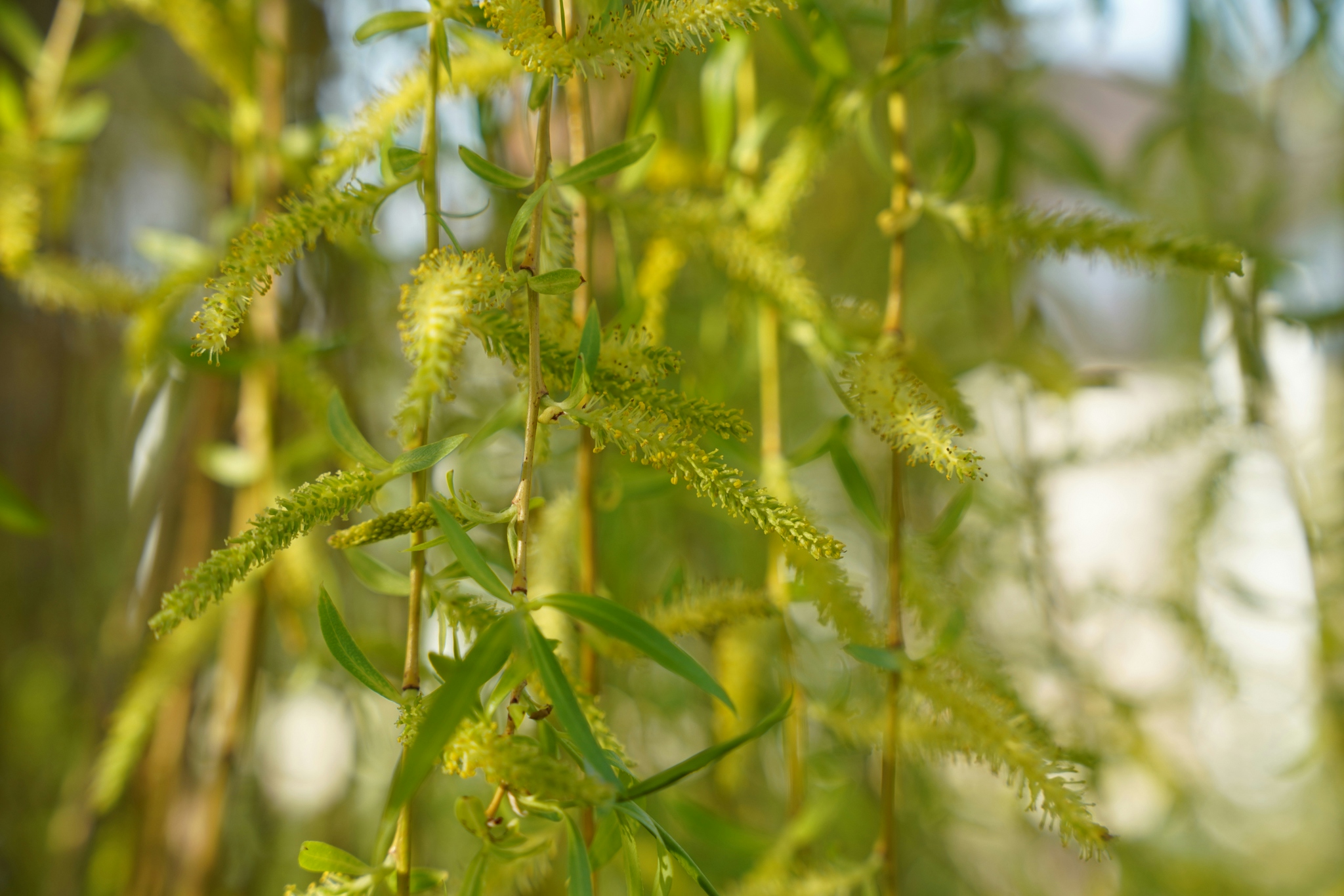
The willow tree in my garden attracts early bees
10. GIVE A LITTLE GROUND
We have around 65 species of mining bee in the UK, including the tawny mining bee, ashy mining bee and wool carder bee. They live in holes in the ground and benefit from having an area of bare ground to burrow into, as it’s easier for them than trying to burrow through mulch or, worse, stones or bark.
Sometimes they burrow in lawns and leave you a tiny volcano to say thanks – they don’t cause your grass any harm, so leave them be and enjoy watching their busy work collecting pollen from your flowers by sticking it to their hind legs.
What species of pollinators do you have in your garden? Are you making changes for bees? Let me know! Links to socials below.
Share with your friends
Subscribe to learn more
Join me in learning about our natural world and how we can protect and restore it. Get notified on my latest posts and a monthly newsletter on wider conversation topics for us to chat about.
Recent Posts
If you enjoyed this one, then you might like these too.